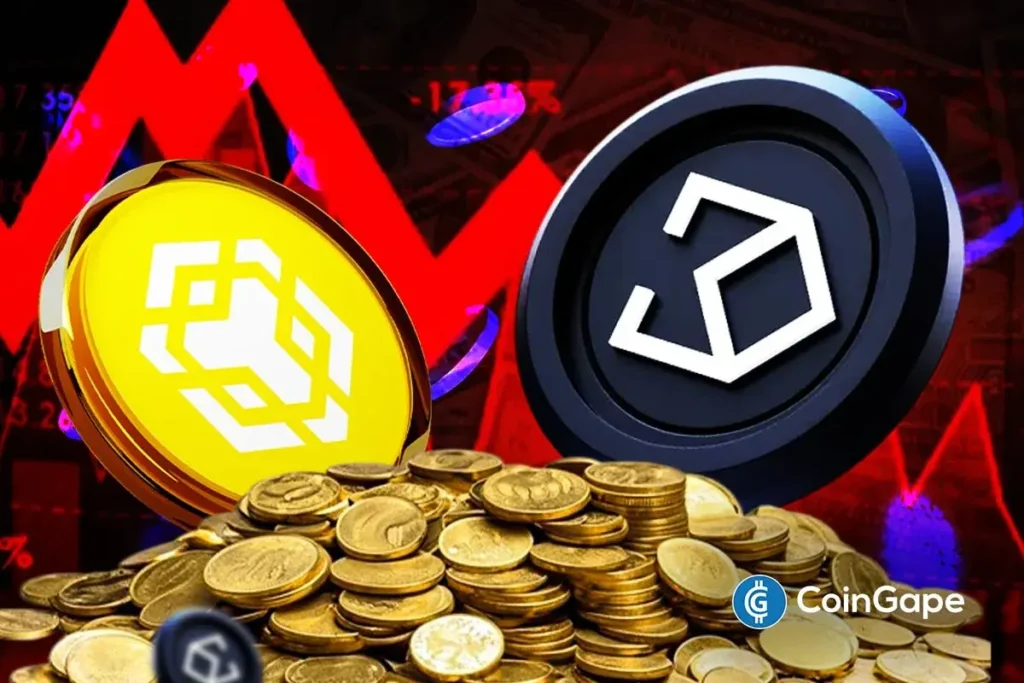Binance Responds to Crypto Selloff with User Compensation and Risk Control Enhancements
In the wake of a significant crypto market selloff, Binance has taken decisive action to compensate users affected by the turmoil. The exchange has confirmed it will handle compensation on a case-by-case basis for users who experienced losses due to operational issues during the market crash, which particularly impacted depegged tokens, including Ethena’s stablecoin, USDe. This move underscores Binance’s commitment to customer satisfaction amidst unprecedented market volatility.
Yi He Addresses Platform Challenges
Binance co-founder and Chief Customer Support Officer, Yi He, publicly acknowledged the challenges the platform faced during the sudden surge in trading activity that followed President Trump’s new tariffs on China. "Our system experienced degraded performance during this high volatility period," she expressed in a message on social media. Yi encouraged users who incurred losses due to these issues to reach out to customer service for a potential review of their cases. However, she clarified that normal market fluctuations and unrealized losses would not be eligible for compensation, emphasizing the need for clarity amidst the chaos.
Commitment to Transparency and Fairness
Yi He reaffirmed Binance’s commitment to transparency, stating that users who acquired depegged tokens during the panic would retain those assets, with no excuses provided for the inadequacies experienced. The company plans to compensate users gradually who were involved in wealth management with the affected assets. Furthermore, users who suffered from latency issues will have their cases individually assessed to ensure fair handling in the compensation process.
Leadership Apology from Richard Teng
In a parallel move, Binance CEO Richard Teng offered heartfelt apologies to users and reinforced the platform’s stance on accountability. "We take these matters seriously and prioritize learning from our experiences,” he commented, which is vital in rebuilding trust. The market’s overall performance during this tumultuous time was disconcerting, with Binance’s native token, BNB, experiencing a nearly 10% drop alongside broader market losses, illustrating the substantial repercussions of the crash.
Market Impact and Liquidation Events
The market turmoil was pronounced, resulting in the depegging of several major assets, including USDe, Binance’s liquid staking token BNSOL, and Wrapped Beacon ETH (WBETH). USDe, which was intended to maintain a value of $1, plummeted to a low of $0.66 amidst the selloff. The crypto market collectively lost over $670 billion in value due to auto-liquidations, exacerbating the crisis. According to CoinGlass data, about 1.7 million traders faced liquidation within a mere 24-hour span, leading to an astonishing $19.3 billion wipeout in open interest across the board.
Comprehensive Compensation Plan Announced
To address the aftermath, Binance released a statement outlining a structured compensation plan for affected Futures, Margin, and Loan users. Those who held USDe, BNSOL, or WBETH as collateral during the specific timeframe of the depeg on October 10 are eligible for compensation. The exchange clarified that payouts would be automatically distributed within 72 hours, calculated as the difference between the market price as of 00:00 UTC on October 11 and each user’s liquidation price. Users whose situations were not captured in this framework were still urged to reach out to customer support for evaluation.
New Risk Controls for Future Stability
To mitigate the chances of future incidents, Binance has announced a series of risk control enhancements. These enhancements include adding the redemption price to the price index weights for BNSOL, WBETH, and USDe, alongside establishing a minimum price threshold for USDe. This structured approach aims not only to improve market stability but also to ensure more frequent reviews of risk parameters, fostering a safer trading environment for all users. With these steps, Binance is poised to regain user trust while simultaneously fortifying its infrastructure against future market shocks.


